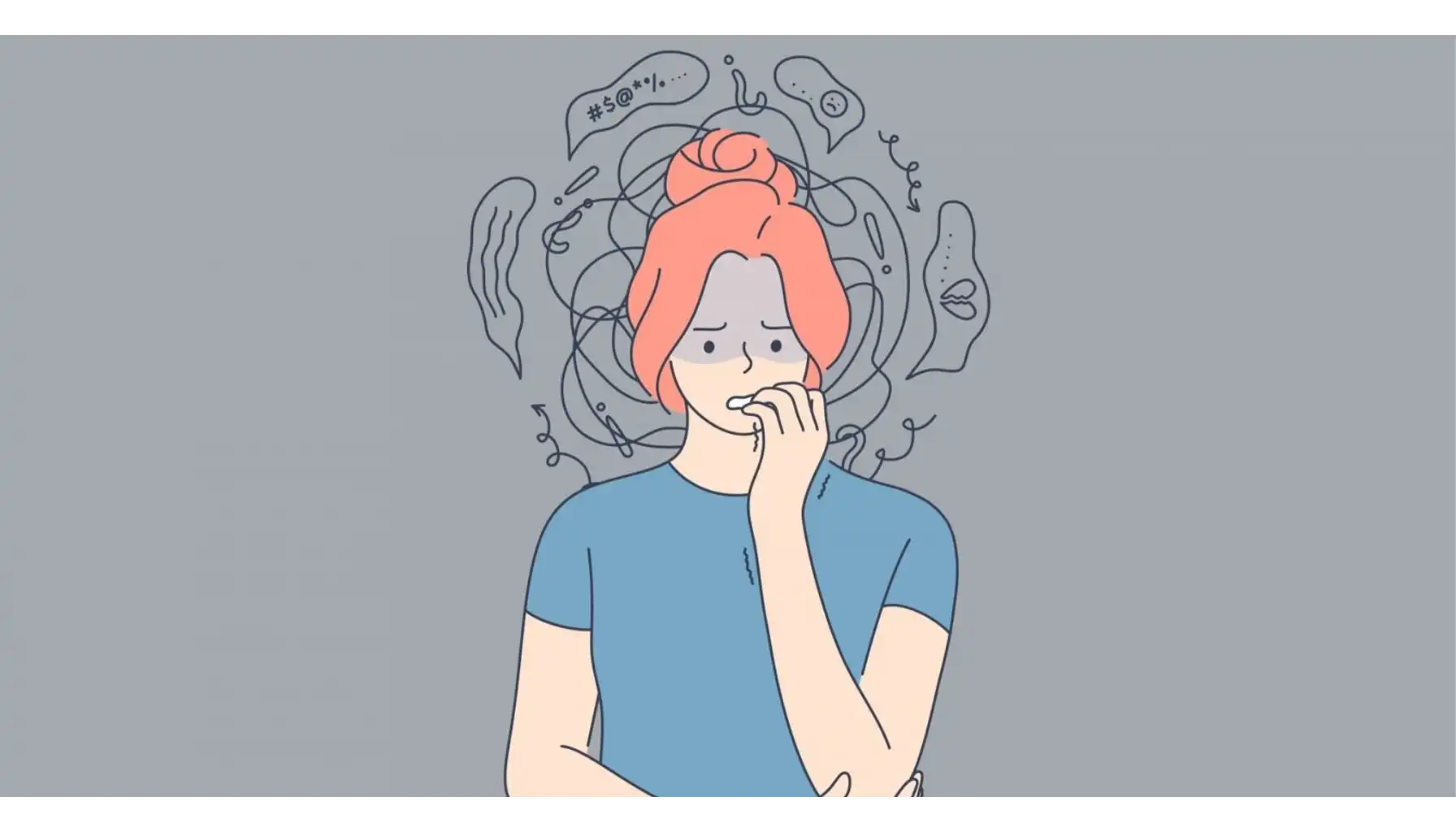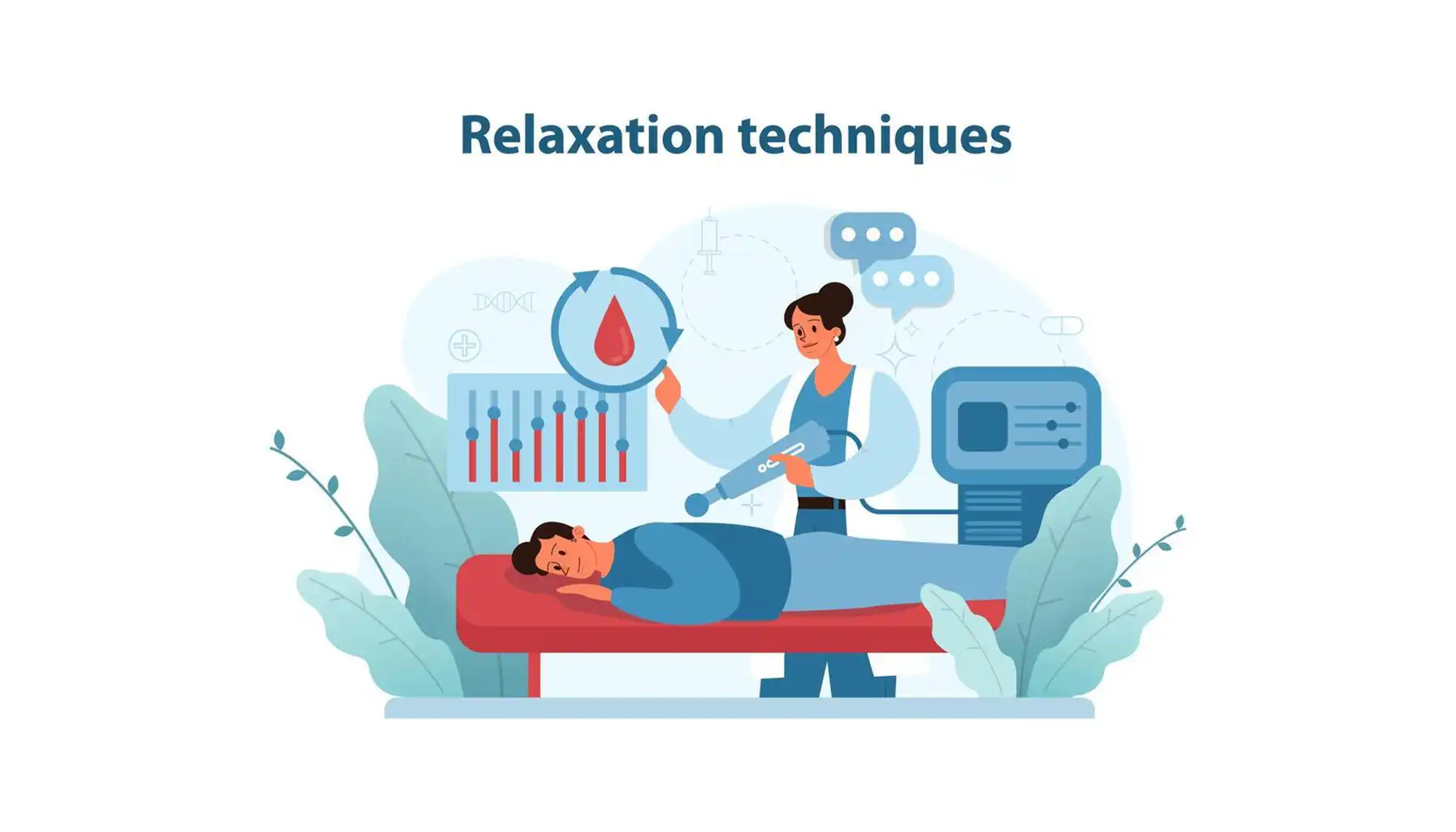What Is Megalophobia: Understanding the Fear of Large Objects

Have you ever felt a surge of anxiety when faced with something incredibly large? Perhaps a towering skyscraper, a colossal statue, or even a vast, open ocean?
If so, you might be experiencing something more than just a general feeling of unease.
This article is about: the fear of megalophobia, its symptoms, potential causes, and treatment options, for example, techniques like impulse brain training. It could aid in managing the initial reactions associated with their distress.

What is a Megalophobia?
At its core, megalophobia definition refers to an intense and irrational fear of large objects. The megalophobia meaning encompasses more than just a general dislike for something big.
It’s a specific phobia, characterized by significant distress and avoidance behaviors. Many people search "define megalophobia" online when trying to understand what they may be experiencing. This is where we come in, providing answers and guiding you towards resources.
The possible connections with other phobias. Sometimes, thalassophobia megalophobia can be linked. The fear of the ocean (thalassophobia) can be amplified when considering the vastness and potential unseen objects within it.
Megalophobia Examples
Standing at the base of a massive statue and feeling overwhelming anxiety
Imagine the sheer scale of the figure towering above you, a feeling that can instantly trigger unease. The size itself can feel oppressive and create a sense of being dwarfed.
Looking at a large building and feeling panic
The expanse of a skyscraper against the sky, the perceived closeness of the structure, can induce significant emotional distress.
The height and presence of the structure may trigger a feeling of being trapped, an experience some may equate to the feelings someone with Acrophobia might encounter.
Witnessing large ships or vessels
The enormous size and industrial design of these sea-faring giants can be intensely unsettling. The thought of being near such massive objects often contributes to the reaction.
Viewing open landscapes and feeling uneasy
Vast, expansive environments, like deserts or oceans, can also create this feeling. The lack of defined boundaries combined with the sheer scale can be overwhelming.
Symptoms of Megalophobia

Recognizing the megalophobia symptoms is the first step towards understanding and managing it. People with this phobia can experience a wide range of reactions, both physical and emotional.
Physical Symptoms | Emotional Symptoms |
Increased heart rate | Intense fear or anxiety |
Sweating | Feeling of dread |
Trembling | Panic attacks |
Shortness of breath | Feeling detached from reality |
Dizziness or lightheadedness | |
Nausea or stomach upset |
When confronted with a triggering stimulus, your heart might start beating faster. This is a natural response to a perceived threat, preparing your body for action. It is a very common reaction and may be accompanied by other physical signs.
Your body may begin to perspire excessively. This is another physiological response to stress, aimed at cooling the body and preparing it for a potential "fight or flight" scenario.
You might experience shaking or trembling in your hands, legs, or even throughout your body. This is a common manifestation of the body's stress response, where muscles become tense and start to twitch.
You may find yourself struggling to breathe deeply, experiencing a feeling of being unable to get enough air. This can be a direct result of the anxiety, making you breathe more rapidly.
A spinning sensation or feeling of unsteadiness can occur. This can be related to a lack of oxygen as the result of hyperventilation. This is a frequent reaction to stress.
Your stomach might feel queasy, or you could even experience actual physical symptoms like vomiting. This is a common physical symptom tied to anxiety, and many people report feeling sick during these times.

The defining emotional response is often a strong sense of fear, nervousness, or worry. It may be difficult to stop these feelings.
You might have an overwhelming sense that something bad is going to happen. This is a general feeling of foreboding, related to anxiety.
This may involve a sudden surge of intense fear, often accompanied by physical symptoms like those described above. They can feel overwhelming.
A sensation of being disconnected from your own body or the world around you can sometimes occur. This is a common reaction to high levels of anxiety, and can feel strange and unsettling.
These symptoms can arise when directly encountering a large object, or even when viewing pictures or videos of such objects. You may find yourself actively avoiding places or situations where you might encounter something that triggers your fear.
If you're struggling to identify your feelings, you may want to research a megalophobia test, as you could be experiencing an anxiety disorder.
Causes of Megalophobia
Understanding what causes megalophobia can be complicated, as it's likely a combination of factors. Some people search " why do I have megalophobia " and the answer can be complex.
Environmental Factors | Past experiences, especially traumatic ones involving large objects, may contribute to developing the phobia. |
Genetic Predisposition | There might be a genetic component, making some individuals more susceptible to developing phobias. |
Psychological Factors | Certain personality traits or underlying anxieties could make one more vulnerable. |
Past events can significantly shape our reactions. If you’ve had a distressing experience involving something large, it could lead to lasting feelings of unease. A very bad experience could be directly connected to the later aversion.
Some people are inherently more prone to developing anxieties or strong fears. Genetic inheritance may influence how easily you develop certain reactions. The possibility of anxiety genetic factors play a role in predisposing someone to particular anxiety disorders. You may be predisposed, based on your family history.

Our individual personalities and underlying emotional states can play a part. Having certain personality traits or existing feelings of worry could make you more sensitive to developing this type of fear. Your personal experiences can also contribute to this.
Why do people have megalophobia? It is often a response to an unconscious sense of threat. The brain may perceive large objects as inherently dangerous, triggering the fight-or-flight response.
Understanding the megalophobia triggers allows you to actively manage your reactions and responses.
Megalophobia and Thalassophobia
The relationship between megalophobia and thalassophobia is particularly interesting. Megalophobia and thalassophobia often co-occur, as the vastness of the ocean and the potential for large, unseen objects within it can be particularly frightening.
Megalophobia underwater specifically refers to the fear of large objects underwater. This can manifest as fear of large ships, submerged structures, or even large marine creatures.
How Common is Megalophobia?
Well, is megalophobia common? Generally, it's not as widely studied or documented as some other phobias.
It’s difficult to precisely quantify, but it's generally believed to be less prevalent than more common phobias like the fear of spiders or Arachnophobia. While it is certainly real for those who experience it, it may not affect many individuals, when looking at the entire population.
Is megalophobia rare?
The extent of its impact could easily be classified as such, due to the scarcity of confirmed cases, and due to a lack of information.
It could be the proper description, depending on the prevalence of your personal experience. Therefore, it would depend on the person, the severity of the anxiety, and the way they cope with it.

Treatment for Megalophobia
Fortunately, there are effective megalophobia treatment options available. While the specific approach may vary depending on the individual and the severity of their phobia, several therapeutic methods have proven successful.
Also tools like Mind Elevate, which provides brain training through engaging mini-games, can be a beneficial addition to a comprehensive treatment plan.
Exposure Therapy | This involves gradually exposing the individual to large objects in a safe and controlled environment, helping them to desensitize and reduce their fear response. |
Cognitive-Behavioral Therapy | CBT helps people identify and change negative thought patterns and behaviors associated with the phobia. |
Relaxation Techniques | Learning and practicing relaxation techniques, such as deep breathing, can help manage anxiety symptoms. |
Mindfulness | Being present and aware of the current moment can help reduce the intensity of fear. |
If you're experiencing megalophobia scary moments, and you are asking yourself " what does megalophobia mean" and other similar questions, it's best to seek professional help to learn more about a potential diagnosis.





